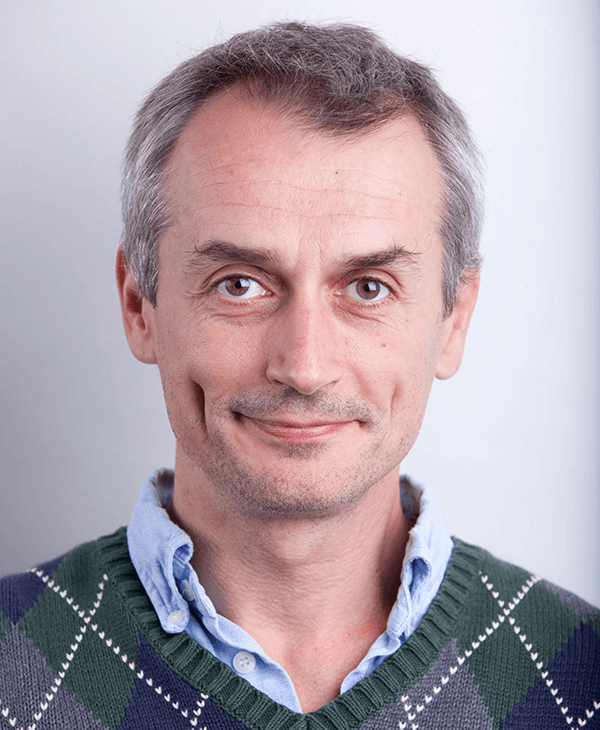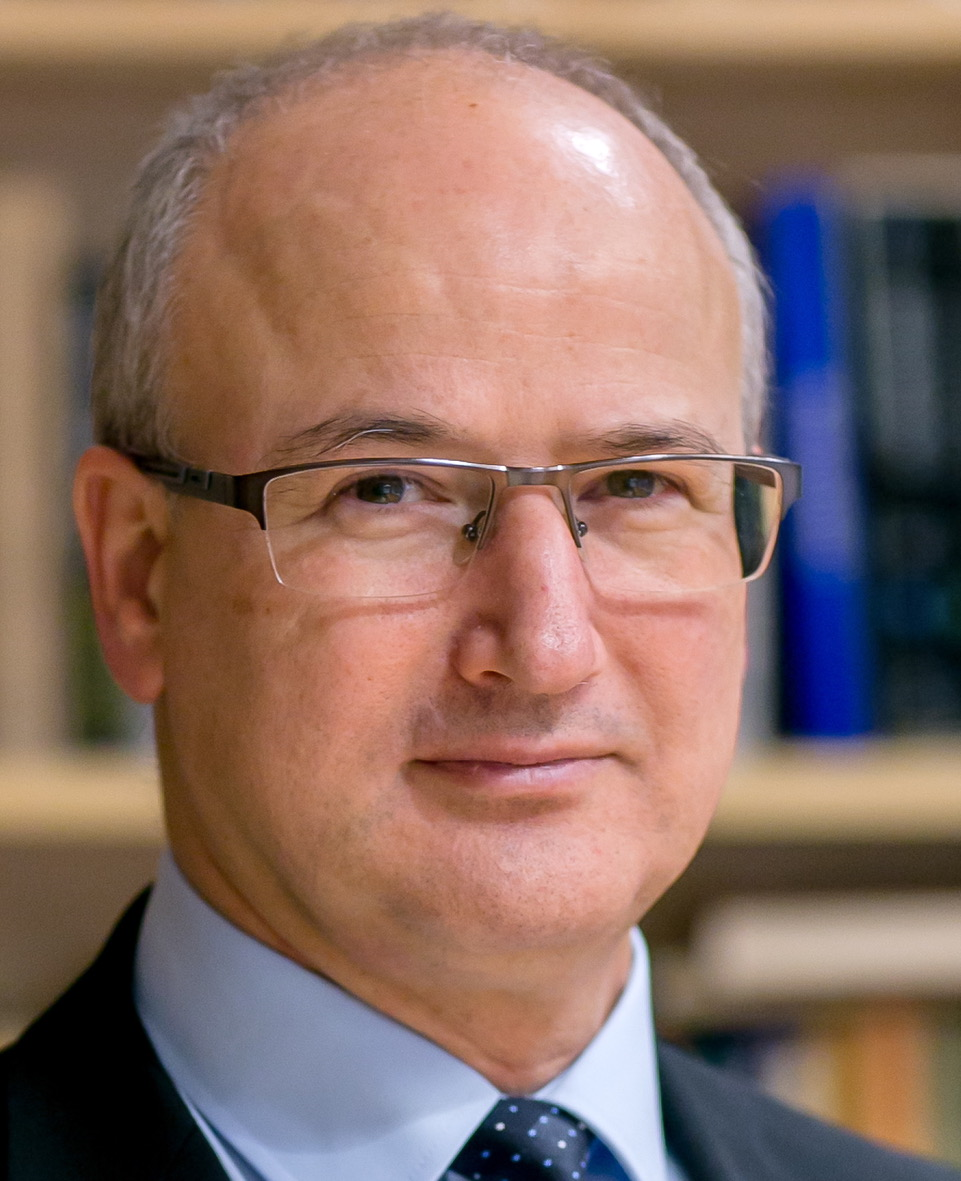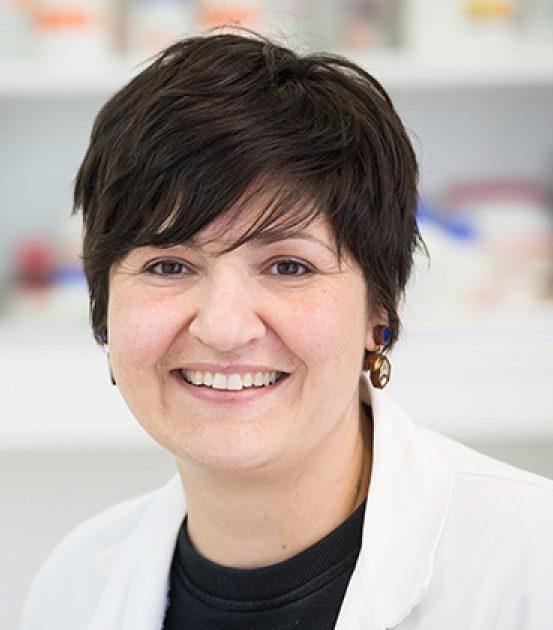AFM Systems
AFM Accessories
Learning
Contact Us
Oxford Instruments Asylum Research is pleased to sponsor an online virtual symposium on Applications of Atomic Force Microscopy in Virology Research. The symposium will feature a panel of four leading researchers who will each describe the role of atomic force microscopy in their research projects into virus structure and function. Attendee participation and interaction will be encouraged with time for questions after each presentation and a panel discussion after the individual presentations. Though the current COVID-19 pandemic provides special motivation for this meeting, the threat posed by viruses to our well-being is an ongoing concern. Our hope is to spark new ideas and inspire productive collaborations.
Wednesday, May 27th, 2020 from 8:00 AM - 10:00 AM PDT (3:00 PM - 5:00 PM GMT)
“Introduction to AFM Capabilities for Virology Research”
Sophia Hohlbauch, Senior Applications Scientist
Oxford Instruments Asylum Research
“Icosahedral Viruses: Stress, Strain, and Time”
Bogdan Dragnea, Provost Professor, Dept. of Chemistry
Indiana University – Bloomington
“Nanomechanics of the T7 bacteriophage”
Miklós Kellermayer, Dean, Faculty of Medicine and Chair, Dept. of Biophysics and Radiation Biology
Semmelweis University
“AFM for Investigating the Processes Underlying Detection/Sensing of Viruses and In Vitro Tests of Antiviral Drugs”
Sonia Contera, Associate Professor, Dept. of Biological Physics
University of Oxford
“Imaging Viruses Capsids by Multifrequency Atomic Force Microscopy”
Neus Domingo Marimón, CSIC Distinguished Researcher
Institute Català de Nanociència i Nanotecnologia (ICN2)
Panel Discussion
Our panel of experts will address questions and comments from the attendees, moderated by Sophia Hohlbauch.

Bogdan Dragnea has graduated with a Physics Diploma from University of Bucharest, after which he has earned his Ph.D. in Physics from University of Paris Sud (Laboratoire de Photophysique Moléculaire, Orsay; advisor: Bernard Bourguignon). After his graduate work, he pursued postdoctoral studies in experimental physical chemistry using near-field optics approaches in Stephen Leone's laboratory, at JILA (Boulder, CO). He then moved to Indiana University at Bloomington where he started his independent career as a faculty in the Chemistry Department. He currently holds the rank of Provost Professor of Chemistry. Throughout his scientific career, he has maintained an interest in the physical chemistry of molecular materials. His studies encompass reactions at surfaces, laser-matter interactions, polymeric films, and structural biomaterials. Recent emphasis has been on collective behavior in molecular assemblies such as viruses and nanoparticle complexes. Approaches include nanoparticle-directed virus-like particle assembly, which is a technique pioneered in his lab and has provided a unique platform for the study of frustrated growth (protein packing in curved space).
Bogdan Dragnea, Indiana University at Bloomington
In this presentation, I will talk about studies in contact mechanics with virus particles, i.e. about the mechanical response elicited from a virus when it first contacts a surface and adhesive forces are balanced by elastic stress. We perform these studies by atomic force microscopy (AFM) in liquid, on a 28 nm diameter icosahedral plant virus that has served as a laboratory model for a large subset of single-stranded RNA viruses, the most abundant category of viruses on earth. Specifically, we inquire on the possibility of involvement in the binding process of the necessarily anisotropic distribution of elastic stress in the virus shell. I will also discuss kinetic stochastic aspects of the process of deformation of a virus under uniaxial stress.

Miklós Kellermayer is the dean of the Faculty of Medicine and chairman of the Department of Biophysics and Radiation Biology at Semmelweis University, Budapest, Hungary. Trained as a medical doctor and having had international research experience in single-molecule biophysics, he currently focuses on biomolecular mechanics, cytoskeletal nanobiology, protein folding and in vivo imaging. He supervises the Georg von Békésy Biophysics Research Center that houses state-of-the-art instrumentation that allows imaging and manipulation from single molecules to small-animal organisms. He is a Howard Hughes Medical School International Alumnus, member of the Academia Europaea and has authored more than one hundred original research papers.
Z. Vörös, B. Kiss, G. Csík, L. Herényi and M. Kellermayer*
Viruses are parasitic infectious agents with a nanoscale shell, known as the capsid, that protects their genomic material. Most bacteriophage viruses invade bacteria by transferring their genome into the host cell while leaving the capsid outside. Thus, the foremost event of bacteriophage infection is the ejection of genomic material into the host bacterium after the virus has recognized and bound to surface receptor sites. How the nanomechanical properties of the capsid contribute to its structural dynamics and how the process of DNA ejection is triggered are not fully understood. We show, on mechanically manipulated DNA-filled T7 phage particles, that the elastic regime of the nanoindentation force trace displays discrete, reversible transitions that cause buckling of the capsid wall with steps that are integer multiples of ~0.6 nm. Dynamic force spectroscopy experiments revealed that the thermally activated structural consolidation of the buckled capsid is ~104 times faster than spontaneous buckling, suggesting that capsid stability is under strong dynamic control. Surprisingly, tapping the capsid wall with an oscillating AFM cantilever triggers rapid DNA ejection via the tail complex. Triggering rate increases exponentially as a function of force, hence follows transition-state theory, across an activation barrier of 23 kcal/mol at 1.2 nm along the reaction coordinate. The conformation of the ejected DNA suggests that the molecule is exposed to a propulsive force. This force, arising from intra-capsid pressure, likely assists in initiating the ejection process and the transfer of DNA across spatial dimensions beyond that of the virion. Chemical immobilization of the tail fibers with glutaraldehyde also results in enhanced DNA ejection, suggesting that the triggering process might involve a conformational switch that can be mechanically activated either by external forces or through a distinct structural configuration the tail-fiber complex. Considering the emerging interest in artificial micro- and nanocapsules capable of triggered material release, understanding how viral DNA ejection is triggered carries important application potential. The unique features of the single-particle mechanics method employed here may be useful in investigating the structural dynamics of other viruses and nanoscale containers, as well as uncovering the fine details of viral DNA ejection..

Sonia Contera is an Assoc Prof of Biological Physics at the University of Oxford. She uses AFM to understand the role of mechanics across the scales in biological processes including plant and cancer growth and shape. She is the chair of the AFM and scanning probe microscopies section at the Royal Microscopical Society, and is the author of the book “Nano comes to life: how nanotechnology is transforming medicine and the future of biology” (Princeton University Press 2019)
Sonia Antoranz Contera, Department of Biological Physics, University of Oxford, Oxford
Detection of viruses in biosensors, and the binding of drugs and other molecules to virions feature a complex interplay of physics (shape, size, mechanics, electrostatics) and biochemistry that often thwarts the success of the medical applications that motivate their study. The capacity of AFM to quantitatively measure interactions, structures and mechanics at the nanoscale, in liquid solution has the unique potential to integrate knowledge from the different scientific disciplines involved, and hence facilitate the multidisciplinarity that is needed for accelerating the development of technologies currently used for fighting viral infections.

Dr. Neus Domingo is a Senior Researcher at the Catalan Institute of Nanoscience and Nanotechnology (ICN2, Bellaterra, Spain), and Head of the Advanced AFM Lab of ICN2. She received her PhD degree in Physics from the University of Barcelona in Spain, and prior to joining ICN2 in 2008 she held a PostDoc position at the Istituto di Struttura della Materia, CNR, Rome, and a research assistant position at CIN2 (CSIC). Her research interests are in the field of scanning probe microscopy of functional materials, electromechanical phenomena in ferroicos and nanosensors, and ferroelectric surfaces and their adsorbates. She possesses a strong materials science background, starting from molecular magnetism and nanoparticles and later veering to piezo and ferroelectricity and nanoscale electromechanical phenomena in general, with special emphasis to surface science. Her formal training in a broad range of nanotechnology and nanoscience fields, from surface nanostructuration techniques to scanning probes microscopies, gives her a unique perspective to harness force microscopies for materials and surface science investigation. She has co-authored over 55 papers in peer-reviewed international journals (including Nature Materials or Chemical Society Reviews). She is a fellow of the Spanish Royal Society of Physics and the IEEE, stands in the international scientific advisory committees of PFM Workshop and “Fuerzas y Túnel” and serves as Member of the Spanish ANEP and the European ECAS Reviewer Boards.
N. Domingo, Catalan Institute of Nanoscience and Nanotechnology (ICN2), CSIC and The Barcelona Institute of Science and Technology (BIST), Campus UAB, Cerdanyola del Vallès, Bellaterra, 08193 Barcelona, Spain
The enhancement of structural resolution provided by multifrequency Atomic Force Microscopy (MF AFM) modes unveils new opportunities for study of the nucleic protein capsid compositional properties in viruses. Moreover, this technique permits full structural characterization of the particle by accessing the properties of the virus capsid under the lipid envelope of the membranes.
In this webinar I will show how MF AFM has been applied to discriminate Virus-like particles (VLPs) from cellular vesicles on samples deposited in mica surfaces, by enhancing the contrast due to nanomechanical properties of the viral proteins contained in the VLPs. VLPs have become a platform for vaccine production. VLPs are composed by structural viral proteins that inherently self-assemble when expressed in a host cell. They generate biological structures similar to viral antigens and since they do not contain the viral genome, they represent a highly immunogenic and safe vaccine platform. One of the main important parameters in vaccine production is the quality of the product for which it is highly required the set-up of techniques that allows specific discrimination of VLPs from cellular vesicles, opening a new window to develop proper and efficient purification strategies for the obtaining of VLP-based vaccine candidates and quality control protocols.

TEM Image of an individual HIV-1 Gag VLP b) AFM 3D Topography imaging c) AFM Amplitude and d) Phase Image of the fundamental mode; e) Second Amplitude (A2) and f) Phase (Φ2) Images of Bimodal AFM, corresponding to the dynamics of the first excited eigenmode; and g) First excited eigenmode frequency shift (Δf2) image of AM-FM Viscoelastic mapping mode, and the corresponding calculated h) Young Modulus image
I. González-Domínguez, S. Gutiérrez-Granados, L. Cervera, F. Gòdia, N. Domingo, Biophysical Journal 111 (2016) 1173